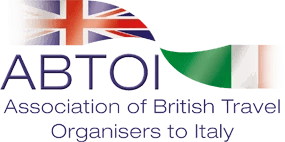Italy in January – Things to See and Do
Italy in January is full of holiday cheer, stunning natural scenery, and less tourists than usual. It’s an interesting time of the year to visit, as there are Christmas markets, fresh blankets of snow, and plenty of events to keep you busy. If you’re hoping to experience some holiday spirit, less crowds, and cheaper prices, visiting Italy in January is the way to go. Here are some of the top events, festivals, things to do, and tips for traveling to Italy in January.
Weather In Italy During January
January is typically Italy’s coldest month, especially up north. It’s not unusual to find snow in the northern region and rain and fog everywhere else. While the temperatures may be warmer in the south, you certainly won’t find packed beaches on the coastline. While this weather may not sound ideal, keep in mind that Italy is filled with indoor attractions like museums and shows that you won’t want to miss. And, if you want to get in some skiing or snowboarding up north, January is the perfect time for that. The temperatures on average are as follows:
- Northern Italy: 25-45°F (-4-5°C)
- Central Italy: 40-55°F (5-13°C)
- Southern Italy: 50-60°F (10-16°C)
Keep in mind that the weather varies day-by-day and region-by-region so make sure to check the weather before you go.
Italian Festivals & Events During January
Bolzano, Trentino Alto Adige
This market has been up and running for more than 30 years. It’s one of the most well-known and loved Christmas markets in Italy with 80 stalls, plenty of food, and a specialised children’s market. Visitors can stop by up until January 6th when it closes for the year. If you make it to Bolzano before the 6th, expect lots of tradition with a modern twist. There will be a giant Christmas tree, nativity scene, and a hearty lineup of stalls selling Christmas cakes and candies. Visitors can shop for decorative candles, handmade crafts, stationary, and Christmas ornaments. There will be craftsmen working on their projects out in the open, and plenty of food stalls selling sweets, Strudel, and mulled wine. If you’re traveling with kids this is a great spot as there is a miniature train, puppet theatre, merry-go-round, and horse-drawn carriages.
Marché Vert Nöel, Aosta Market
This Christmas market is still up and running all the way until January 6th. If you’re visiting the alpine town of Aosta (highly recommended) that is where you’ll find it. The town boasts a stunning Roman theatre that can be visited before or after the holiday shopping. The Aosta streets are lined with wooden stalls, and holiday decorations dot the entire town. Visitors will find entertainment, live music, historical presentations, and handmade crafts for sale. Wander the stalls and watch craftsmen at work or do some people watching to see which items the locals are buying. This is the place to enjoy a mulled wine, get lost in the city alleyways, and shop for unique souvenirs to bring home.
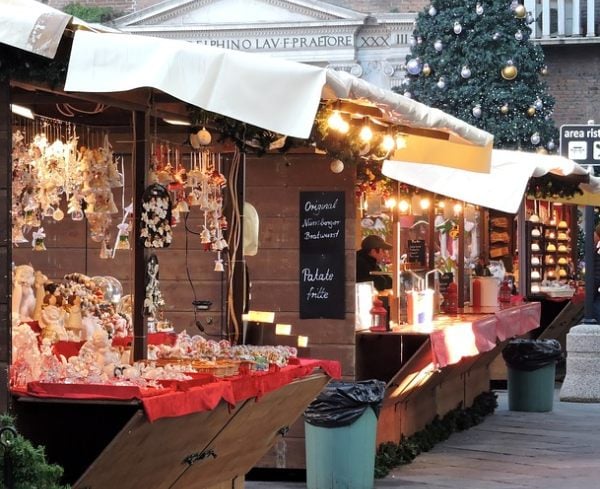
Venice Lido Beach Tradition
Taking place at Venice Lido Beach is one of Italy’s oldest and most well-known traditions. Visitors can witness it every year on New Year’s Day, as locals willingly plunge into the frigid waters. The event’s main purpose is to celebrate the new year, but most people come just to watch their friend’s reaction to the freezing temperatures.
Carnival of Foiano della Chiana
Located in Chiana, this festival is one of Italy’s oldest. It takes place throughout January and February on each Sunday of the week. If you’re visiting, expect to find performances, colourful mascots, and activities all throughout the streets. Chiana is a historic town that’s located in Arezzo province, a beautiful region that is usually off-the-beaten-path. Make sure to look out for the elaborate parade of puppet heads that march to the central square. The locals put on a grand display of burning the puppets to signify a farewell to winter.
Trasimeno Blues Festival
This music festival takes place in the Umbria region of Italy. The first week of January is when the festival is in its prime, especially along Lake Trasimeno. Musical acts from Italy and around the world come to Umbria to celebrate a love for Blues music. There will be performances, activities, entertainment, and various activities taking place around the region. If you want to mingle with other tourists and even locals, this is the place.
Trento, Trentino Alto Adige
This is one of the biggest Christmas markets in Italy and it operates until January 6th. You’ll find it in the town of Trento in both the Piazza Cesare Battisti Square and the Piazza Fiera Square. The streets are full of wooden stalls that are festively decorated in Christmas lights. You’ll find vendors selling homemade crafts, seasonal food, and tons of local products. If you’re shopping for gifts to bring home for the family, you’ll find everything you need right here! An added bonus is that this market is on an environmental mission, making it one of the most sustainable Christmas markets in the country.
Fair of Sant’ Orso
Taking place at the end of January is this woodcarvers fair. You’ll find it in the town of Aosta, where it’s been celebrated for more than 1000 years. Visitors will be treated to entertainment, restaurant specials and demonstrations and crafts from 700 woodworkers. If you’re looking for a unique souvenir, this is the place!
San Antonio Abate
Usually celebrated on the 17th of January, the San Antonio Abate prompts festivities all over the country. Some of the best events take place in Italy’s Abruzzo region on Sardinia. If you make it out during the festival, expect music, drinking, dancing, and giant bonfires. The town of Nicolosi, located near Mount Etna in Sicily, is another great location to celebrate too. You may even witness monks sharing prayers to the saint, followed by parades and ceremonies. And, if you’re traveling near Buti in Tuscany, a great way to celebrate is by watching the horse races.
Feast Day of San Sebastiano
On January 20th, celebrations pop up all around the country for the Feast Day of San Sebastiano. Every region celebrates slightly differently, but it’s likely you’ll have a great time no matter where you go. If you happen to be visiting the town of Mistretta, you’ll probably see a procession through town of 60 men carrying a giant statue of San Sebastiano. If you’re visiting Acireale, you may see a parade of a silver carriage full of singing and colours. And, if you happen to visit the city of Ortono, you may see a boat full of fireworks and paper mache set up in front of the cathedral.
Epiphany Festival
This event takes place on the 6th of January and is one of the month’s most important festivals. The Epiphany Festival is deeply rooted in history, and celebrates the arrival of three kings. During the event, children hang stockings in their homes waiting for the ‘good witch’ La Befana, to deliver them gifts and candy while they sleep. Nativity scenes and performances can be found all around the country during this time. Be aware that this is a national holiday so many museums, tourist attractions, and shops may be closed. Make sure to double check what’s open and closed if you’re traveling during this time.
Things To See & Do
Cooking Class
Italy is known for its cuisine so what better way to experience it than by taking a cooking class? This is a particularly great activity during January because it allows you to stay inside while learning a little bit about the culture. Learn how to make your favourite type of pasta, sauce, and delicious desserts. Not only will you get to taste your creations but you’ll also get to share your new skills with friends and family back home.
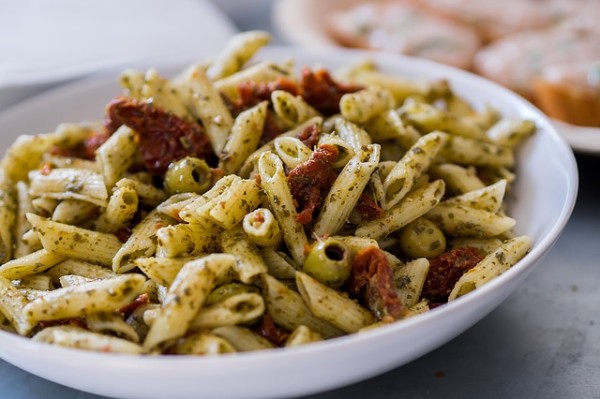
Galleria Doria Pamphilj
This museum is home to Rome’s largest private art collection. It’s a collaboration of four different families who put their resources and collections together. While it’s not Rome’s most popular collections, it’s certainly worth a visit. In fact, this place is often considered a hidden gem, because the collection isn’t well-known but is quite impressive. Visitors will find 16th and 17th century artwork as well as hand-painted frescoes and halls lined with sculptures. While this gallery is a display of beautiful art, it’s also a symbol of wealth and status for each family who contributed.
Vatican Museums
If you’re visiting Rome and want to stay warm, the Vatican Museums are a great place for it. Visitors will find more than 20,000 pieces of artwork, including famed collections of sculptures and Renaissance pieces. There is so much art and culture here that you won’t ever have to leave the heat for the outside cold. Highlights include the Sistine Chapel, works by Raphael, and the Gallery of Maps. The Pope have collected these pieces of art and religious artifact over the years, so you’ll get a good dose of history as well.
Venice Museums
Venice is a great city to visit in January, especially if you love architecture and natural beauty. The city is full of incredible museums where you can hide away from the cold while experiencing the art and history. Make sure to visit the Dodge Palace, a small museum hosting a stunning collection of artwork, and the Peggy Guggenheim Collection which is one of the best modern art museums in the country. Visit the Ca’Rezzonico museum for three floors of sculptures and paintings from the 18th century. And, be sure to visit the Galleria dell’Accademia which is full of Venetian art and artifacts.
Florence Museums
Visitors to Florence will have plenty of museums to explore in order to beat the winter cold. The city is well-known and loved for its art and culture, so you can soak it up without ever stepping foot outside. Make sure to see the highlights like the Uffizi Gallery which holds works by Botticelli, Da Vinci, Michelangelo, and Giotto. There’s also the Accademia Gallery where you can see the David statue by Michelangelo. If you have some time, try to visit the Palatine Gallery, Palazzo Pitti, Museo Galileo, and Bargello.
Skiing in Turin
January is one of the best times to ski in Italy. The city of Turin is a northern destination for winter sports lovers. It’s a gateway to the Alps, and is used as a home base for visitors before hitting the slopes. Turin is a real beauty when it snows, and since it’s a known foodie destination, you can expect some amazing meals to fill you up after a day on the mountain.
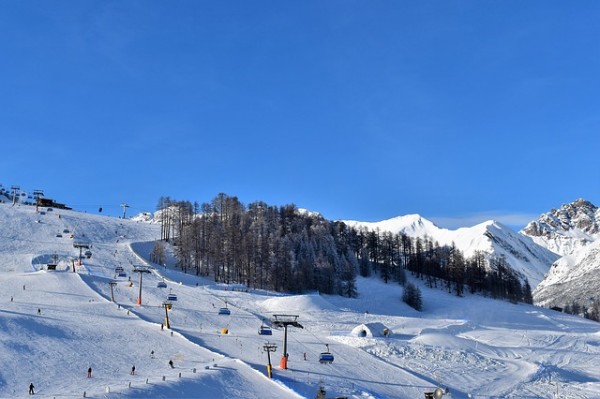
Grotta delle Ninfe Hot Springs
Located in Cerchiara, this hot springs experience is kitschy and relaxing. The water temperatures are typically at 30°C, and the entrance fee is quite cheap. This is a popular spot with locals so you’ll have the chance to mix and mingle with real Italians instead of tourists. Enjoy the healing properties of the water, which is said to help ease rheumatoid arthritis and cure skin diseases.
Cascate del Mulino
If you’re looking for an off-the-beaten-path experience you should make a trip to Cascate del Mulino. They’re located in the Maremma Hills and are not well-known by tourists. If you visit, expect lots of locals who may be bathing in the natural pools. The water stays around 37.5°C all year, and the tiered baths make the landscape especially unique. As you soak up the healing benefits you can relish in the peace and quiet.
Bormio Hot Springs
While cold weather isn’t always great for outdoor sightseeing, it’s perfect for Italy’s hot springs. The country is sprinkled with these natural spas that hold healing properties and plenty of opportunity for relaxation. You’ll find Bormio at the Swiss border, situated amongst the Alps. Expect water temperatures that are around 37 to 43 °C for the year. Many locals visit Bormio as a wellness retreat, especially since the waters are filled with healing minerals.
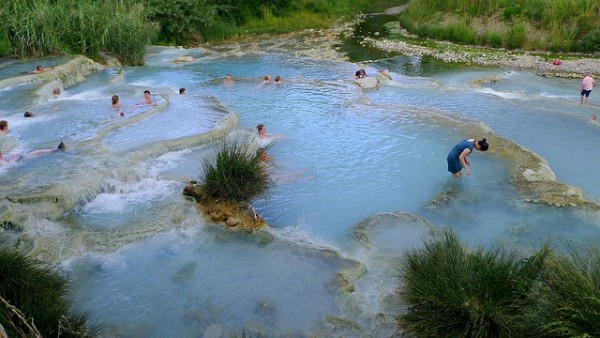
Aeolian archipelago, Sicily
Visitors to Sicily in January will love a day at Thermae of Vulcano. It’s located on the Aeolian archipelago, and features baths filled with healing and soothing mud. Expect lots of locals hanging out, enjoying the views, and covered in mud. Visitors will be treated to beautiful views of the beach, sea, volcanic rock, and volcano views. What makes this place extra special is that the hot springs are actually in former volcanic craters – truly an experience of a lifetime.
Tips For Visiting Italy in January
- Pack layers as the weather varies from region-to-region and day-by-day.
- Some places like hotels and hostels close during this time of year so make sure you to book accommodation ahead of time.
- Open times for some attractions may be shorter so make sure to check the hours before visiting attractions.
- January is high season for winter sports in northern Italy so make sure to book accommodation and activities early. These activities are often expensive so make sure to budget accordingly.
- Pack waterproof gear like a rain jacket, boots, and an umbrella so that you can stay dry while exploring the cities.
- Naples and Rome have mild weather in January so they can be great options for travel. Keep in mind that Naples is one of the best spots for Christmas nativities which are wonderful to see if you enjoy the holidays.
- Christmas and New Year’s are considered high travel days during January. Expect that prices will be bumped up for hotels so plan accordingly. Also, make sure to book things in advance as hotels can fill up fast.
- Carnevale takes place in January in Venice and draws in a massive tourist crowd. Make sure to book way in advance if you plan on attending.
Visiting Italy in January may not be everyone’s first choice but it’s a wonderful time to explore this country. There are cultural events happening everywhere, and holiday markets bring a sense of cheer to the city streets. Whether you coming for the skiing or just want to soak up the history and culture, January in Italy is a great time to do it.


